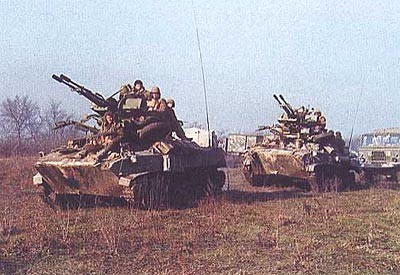


Wendy Goodson, the AFRL biological materials team lead.Īs the military fleet ages, microbial contamination is poised to become an increasingly urgent issue. “Microorganisms can eat away at surface materials, and some of the worst areas affected are tight, hard-to-reach areas that maintainers have difficulty disinfecting,” said Dr. Contaminants not only pose potential health hazards to maintenance crews, but also some can produce acids and enzymes that slowly corrode aircraft surfaces.

Over time, mold, mildew, fungi, bacteria and other organic contaminants can build up on aircraft structures as a result of a number of factors including moisture, humidity and human contact. These researchers look into the causes, effects and prevention of corrosion caused by living organisms. The Air Force Research Laboratory’s biological materials and processing research team is shining a new light on microbiologically influenced corrosion research and how it affects aircraft structures and fuel systems. One major contributor, however, is often overlooked - microbes. Anything from changing temperatures to environmental factors can precipitate corrosion. WRIGHT-PATTERSON AIR FORCE BASE, Ohio (AFNS) - As any aircraft maintainer can attest, corrosion is a major factor affecting the overall health of military aircraft. Air Force Research Laboratory Materials and Manufacturing Directorate.


 0 kommentar(er)
0 kommentar(er)
